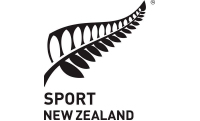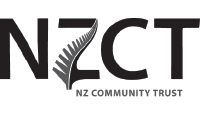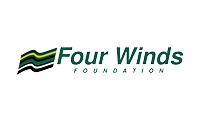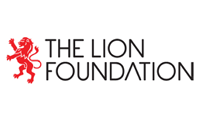The Regional Spaces and Places Plan was signed off by the region’s Mayors at the end of 2019.
The purpose of this plan is to provide a high-level strategic framework for future regional sports facility planning and optimisation of the current network. The plan emphasises a one-region approach to planning for international, national, regional and sub-regional facilities and provides context for local planning and decision-making about local facilities.
The plan responds to the findings of the Wellington Region Spaces and Places project which provides a stocktake of current assets that make up the regional network of facilities. The project also includes analysis of existing national and regional facility strategies and available participation and population data sourced predominantly from councils, schools, and regional sport organisations.
Part of the context for this work is provided by the facilities approach taken by Sport NZ. The New Zealand Sporting Facilities Framework identified that nationally we have:
- gaps and duplications in facility provision
- facilities that are not fit-for-purpose
- facilities that we cannot afford
- many facilities due for replacement.
What We Have Learned About the State of the Current Regional Facility Network:
- In general, the region does not have many facility gaps. However, it does have capacity issues in key
locations, at peak times, and for certain facility types such as indoor court spaces and specialised indoor
venues such as those used for gym sports (amongst others). For some sports experiencing declining
numbers there is an over-provision of facilities e.g. tennis, bowls and golf. - Often demand pressures are most acute outside weekday working hours when the use of facilities is at
its highest. Partnerships with schools may assist with meeting peak time demand, especially for indoor
court facilities. - The region has an aging network of facilities across all facility types, particularly club facilities such as
clubrooms and courts. Many of these are likely to become increasingly unsustainable as they age and
face growing maintenance costs which may well be beyond the means of the codes and clubs that own
and use them. - The region has several characteristics that make it susceptible to different types of natural disasters. This,
together with the age and location of many of our key assets means the facility network has potential
resilience challenges. - The scale of the required optimisation of the facility network far outstrips the region’s current funding
resources. This is most relevant to sports club facilities where the necessary interventions (such as
rationalisation, repurposing of assets, and facility development) are currently being constrained. - The region lacks a collective vision, approach and means for evaluating facility investments and other
facility decisions. This hampers the formation of partnerships and makes decisions for third party funders
more difficult.
Current Regional Spaces and Places Projects
Current Regional Spaces and Places Projects
As part of implementing the Regional Spaces and Places (Facilities) Plan we have two projects underway.
The first is a review of the 2013 Regional Sports Field Strategy that was developed in 2013 by the five councils outside of the Wairarapa. This strategy provided recommendations for the future supply of sports fields against demand and some actions to address some of the related issue of the time. The current project is looking at similar elements but in the context of the 2022 environment and the likely growth of the region. An overview of this project can be found here.
The second project is a deeper dive into the supply and demand of indoor court facilities and what the implications of growth will mean for the provision and use of these facilities. An overview of this project can be found here.
Draft reports for both projects have been completed and are currently with Working Group members (membership detailed below) for consideration and feedback. Following external peer review, the reports will be shared with all stakeholders who are engaged in the project.
Once final recommendations have been accepted and actions agreed upon, a three-year implementation plan for each facility type will be developed to make clear the approach, identify priority actions, and assign responsibility for the work.
|
Sports Field Review |
Indoor Court Audit | ||
| Mark Hammond | Porirua CC | Glenn Quintal | Porirua CC |
| Sanjay Patel | Wellington CC | Sanjay Patel | Wellington CC |
| Bryce Neems | South Wairarapa DC | Damien Ekanasio | Capital Basketball |
| Michael Langley | WRFU | Bryan Dickinson | College Sport Wellington |
| Blair Duncan | Capital Football | Catriona McBean | DSport |
| Andre Whittaker | Wellington Rugby League | Capital Futsal | |
| Matt Wills | Cricket Wellington | Zanta Jones | Sport New Zealand |
| Lisa Jones | Wellington Hockey | Fran Scholey | Netball Central |
| Glenn McGovern | Sport New Zealand | ||
We will continue to add more to this site as each project progresses.
Webinar: Increasing Utilisation of Community Spaces
In partnership with our friends at SpacetoCo, Nuku Ora recently hosted a webinar focused on Increasing the utilization of community spaces. Discover how to increase bookings, revenue and usage of your community facilities,
Regional Spaces and Places Plan
3 Year Implementation Plan
Sport NZ Facility Data Tool
A tool capturing sport & recreation facilities in the region, providing a single point of reference to support planning









